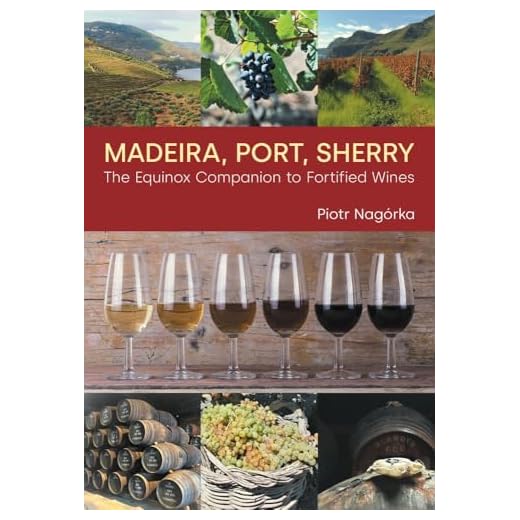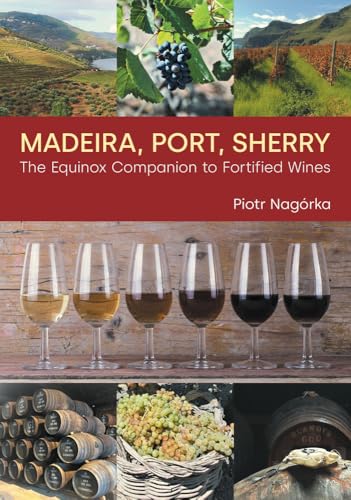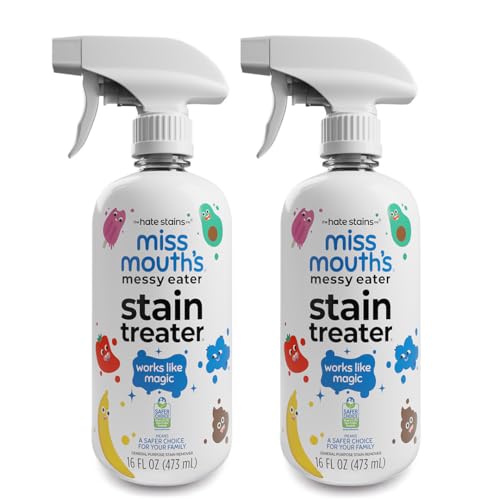

Consider this: the beverage in question is primarily classified as a fortified option, predominantly produced from grapes in the Sicilian region. While the hue can vary, its signature characteristics often include a rich, golden amber color, suggesting an affinity for a certain style rather than the conventional classifications of grape-based libations.
When examining its composition, it’s clear that the fermentation process involves both white and certain dark-skinned varietals, allowing for a complexity that transcends simple categorization. The aging process typically includes the use of oak barrels, imparting depth and a myriad of flavors ranging from nutty to caramelized notes, which can be markedly different from the profiles of its more commonly recognized counterparts.
For a delightful experience, I recommend pairing this unique beverage with robust cheeses, rich sauces, or even chocolate desserts. Its versatility can elevate a culinary experience, making it an outstanding choice for both savory and sweet dishes. Understanding its nuances can truly enhance your enjoyment and appreciation of this exceptional offering.
Is Marsala a Red or White Wine?
The classification of this fortified beverage depends on the grape varieties used during production. It can be crafted from either dark-skinned grapes, yielding a richer, more robust profile, or lighter-skinned varieties, resulting in a sweeter, more delicate flavor. The former typically features a deep, intense hue, while the latter showcases a golden or amber appearance.
Types and Characteristics
When exploring the darker versions, you might encounter notes of dried fruits, chocolate, and spices, making them ideal for pairing with hearty dishes or desserts. On the other hand, the lighter selections present floral and citrus undertones, which complement lighter fare and cheeses beautifully.
Usage in Cooking and Pairing
This unique beverage serves multiple purposes. In culinary applications, the darker variant is often used to create rich sauces or to enhance the flavors of savory dishes, while the lighter type can be an excellent addition to desserts or enjoyed as an aperitif. Understanding the nuances of each type allows for better pairing decisions and enhances the overall dining experience.
Understanding the Basics of Marsala Wine
For those exploring the rich world of fortified beverages, it’s essential to grasp the unique characteristics of this Italian specialty. Produced primarily in Sicily, its style can range from dry to sweet, making it versatile for both cooking and sipping. The aging process takes place in wooden casks, which imparts complex flavors that can include nuts, caramel, and dried fruits.
When selecting a bottle, consider the different classifications: Fine, Superiore, and Riserva, each indicating varying aging periods and quality levels. Fine is generally aged for a minimum of one year, while Superiore must be aged for at least two years. Riserva, on the other hand, is aged for a minimum of four years, offering a more concentrated profile.
Pairing this drink with food can elevate your dining experience. It complements rich dishes like risottos or creamy cheeses beautifully. For dessert, its sweetness enhances flavors in pastries and chocolate-based treats.
As you explore its uses beyond the glass, remember that its distinct qualities can add depth to sauces and marinades, making it a staple in many kitchens. If you’re curious about practical uses, check out this guide on can you safely clean teddy bears in the washing machine teddy bear washing tips.
The Types of Marsala: Red vs. White
When exploring the varieties of this fortified drink, you’ll find two main categories: the darker, richer type and the lighter, more delicate version. Each brings its own unique profile and characteristics to the table.
Characteristics of the Darker Variety
- Typically made from varietals like Nero d’Avola or Pericone.
- Rich in flavors such as dark fruits, chocolate, and spices.
- Often exhibits a velvety texture and a higher sweetness level.
- Commonly used in hearty dishes, desserts, or enjoyed on its own.
Exploring the Lighter Version
- Crafted primarily from grapes like Grillo or Inzolia.
- Features notes of citrus, nuts, and floral elements.
- Generally drier and more refreshing than its darker counterpart.
- Pairs well with lighter fare, seafood, or as an aperitif.
Understanding these distinctions allows for better pairing and appreciation of the drink’s versatility. Whether you prefer the boldness of the darker variety or the finesse of the lighter one, both types offer an excellent opportunity to enhance your dining experience.
Flavor Profiles of Marsala Wines
For those exploring the nuances of this fortified beverage, it’s essential to recognize the distinct flavor profiles that can emerge from different styles. The tasting experience can vary immensely, influenced by factors such as aging, grape variety, and production methods.
Common Flavor Characteristics
Generally, the flavor spectrum ranges from nutty and caramelized notes to rich, fruit-forward characteristics. Here’s a breakdown of the primary flavor elements:
| Flavor Component | Description |
|---|---|
| Nutty | Often reminiscent of toasted almonds or hazelnuts, particularly in aged varieties. |
| Caramel | Hints of toffee and butterscotch can be prevalent, especially in sweeter options. |
| Fruit | Ripe figs, apricots, and raisins frequently appear, adding depth and sweetness. |
| Spice | Clove, cinnamon, and vanilla notes may emerge, enhancing complexity. |
| Herbal | Subtle herbal undertones might provide an interesting contrast, particularly in drier styles. |
Pairing Suggestions
When considering food pairings, think about the specific characteristics of the selection. Here are some effective matches:
- Nutty and caramel flavors complement aged cheeses and charcuterie.
- Fruity profiles work well with desserts, particularly those featuring dried fruits or chocolate.
- Spicy notes can enhance savory dishes, such as grilled meats or rich pasta sauces.
Understanding these flavor profiles will enrich your tasting experience and elevate your pairing skills. Embrace the diversity, and enjoy the exploration of this unique beverage.
How Marsala is Made: The Production Process
The production of this fortified drink begins with the selection of grape varieties, primarily Grillo, Inzolia, and Catarratto for the lighter styles, while Pignatello and Nero d’Avola are used for the darker types. The grapes are harvested at optimal ripeness to ensure a balanced flavor profile.
After harvesting, the grapes undergo pressing to extract the juice. The must is then fermented, typically in stainless steel tanks, allowing for temperature control and preserving the fresh fruit flavors. Fermentation is crucial, as it converts sugars into alcohol, but it’s often stopped early for sweeter styles by adding a distilled spirit, enhancing complexity.
Aging Process
Aging takes place in wooden casks, where the drink develops its signature characteristics. The duration of aging can vary, with some styles maturing for just a few months, while others may be aged for decades. The interaction with the wood contributes to the depth of flavor, imparting notes of vanilla, nuts, and spices. It’s during this stage that the drink’s color intensifies, especially for the darker variants.
Blending and Fortification
Once aging is complete, blending occurs to achieve consistency in flavor and quality. Different batches from various years may be combined to refine the final product. The drink is then fortified with a grape spirit, raising the alcohol content, which not only preserves it but also enhances its richness. Finally, it is filtered and bottled, ready to be enjoyed.
Food Pairings for Marsala
For the perfect match, consider pairing this fortified drink with savory dishes like Osso Buco or Chicken Marsala. The rich, complex flavors enhance the dish’s depth, creating a harmonious balance.
Seafood options, particularly shrimp or scallops sautéed in garlic and butter, complement the nutty undertones beautifully. A light drizzle of this beverage can elevate the dish even further.
Charcuterie boards featuring cured meats and aged cheeses provide an excellent contrast. The sweetness and acidity of the drink cut through the richness, making each bite more enjoyable.
Vegetable risottos, especially those with mushrooms or asparagus, work splendidly. The umami notes in these dishes resonate with the nuances of the beverage, unifying the experience.
For dessert, a classic pairing is with panna cotta or tiramisu. The smooth, creamy textures and balanced sweetness blend seamlessly, creating a delightful ending to the meal.
Experiment with different combinations to find your personal favorites. This approach not only enhances your dining experience but also showcases the versatility of this unique liquid.
Common Misconceptions About Marsala Wine
Many people mistakenly believe that this fortified beverage is solely a dessert option, overlooking its versatility in various culinary applications. It can enhance savory dishes just as effectively as it complements sweet treats.
Another common error is assuming that all producers adhere to the same quality standards. While some brands offer exceptional varieties, others might not meet the same criteria. Always check the labeling for authenticity and quality indicators.
Some aficionados also confuse it with sherry or port, failing to recognize the distinct production methods and flavor profiles that set it apart. Understanding these differences can greatly enhance your tasting experience.
The Role of Aging
Aging is often misunderstood. Many think that longer aging automatically means better quality, but that’s not always the case. Each type has its optimal aging period, and exceeding it can lead to undesirable flavors.
Sweetness Levels
A common belief is that all varieties are sweet. In fact, there are dry options available that can serve as excellent aperitifs or cooking ingredients. Knowing the style you prefer can make a significant difference in your enjoyment.
- Explore different brands to understand their unique characteristics.
- Consider the aging process when selecting a bottle.
- Don’t shy away from dry varieties; they can offer a refreshing alternative.
By breaking these misconceptions, you can truly appreciate the depth and breadth of this exceptional Italian offering.
Where to Buy Quality Marsala
For authentic and high-quality selections, I recommend visiting specialized liquor stores that focus on Italian products. These establishments often have knowledgeable staff who can guide you to the best options available. Look for stores that carry a diverse range of imported goods, as they are more likely to stock premium varieties.
Online Retailers
Online shopping offers a vast array of choices. Websites like Vivino, Wine.com, and Total Wine provide extensive catalogs with user reviews, making it easier to find reputable brands. Additionally, many Italian wine importers have online shops that focus exclusively on regional specialties, ensuring you receive authentic selections.
Local Wine Shops and Tastings
Attending tastings at local wine shops can be an exceptional way to explore various options and discover new favorites. Shops that host events often feature knowledgeable sommeliers who can provide insights into the nuances of different bottlings. This hands-on experience allows you to taste before you buy, ensuring a well-informed purchase.







